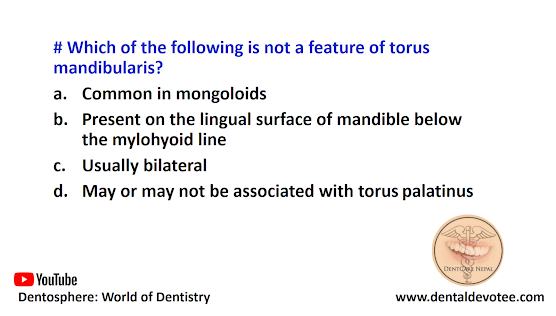# Best method of intubation in patient undergoing treatment for oral surgery under GA is:
A. LMA
B. Orotacheal tube
C. Laryngeal mask airway
D. Naso-endotube
The correct answer is D. Naso-endotube.
Solution:
The sine qua non for intubation since the twentieth for general anesthesia patients is pharyngeal laryngoscopy and oral intubation. But here the question is about oral surgery treatment. In such cases, nasal intubation is often preferred in patients for unrestricted direct access to the mouth and pharynx regions. In cases where the direct intubation cannot be done, blind methods such as combitube, LMA can be used. They however interfere with oral surgical procedures.
If the question is asked about maxillofacial injuries in general then the answer is oral intubation. If the question is about oral surgical procedures, the answer is nasal intubation.







